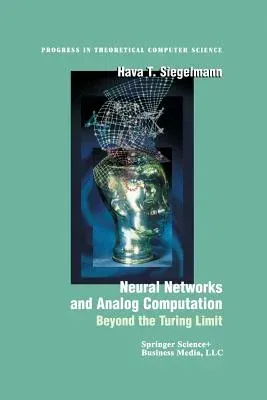Hava T Siegelmann
(Author)Neural Networks and Analog Computation: Beyond the Turing Limit (1999)Paperback - 1999, 21 October 2012

Qty
1
Turbo
Ships in 2 - 3 days
In Stock
Free Delivery
Cash on Delivery
15 Days
Free Returns
Secure Checkout
Part of Series
Progress in Theoretical Computer Science
Print Length
181 pages
Language
English
Publisher
Birkhauser
Date Published
21 Oct 2012
ISBN-10
1461268753
ISBN-13
9781461268758
Description
Product Details
Author:
Book Edition:
1999
Book Format:
Paperback
Country of Origin:
NL
Date Published:
21 October 2012
Dimensions:
23.39 x
15.6 x
1.09 cm
ISBN-10:
1461268753
ISBN-13:
9781461268758
Language:
English
Location:
Boston, MA
Pages:
181
Publisher:
Weight:
290.3 gm

